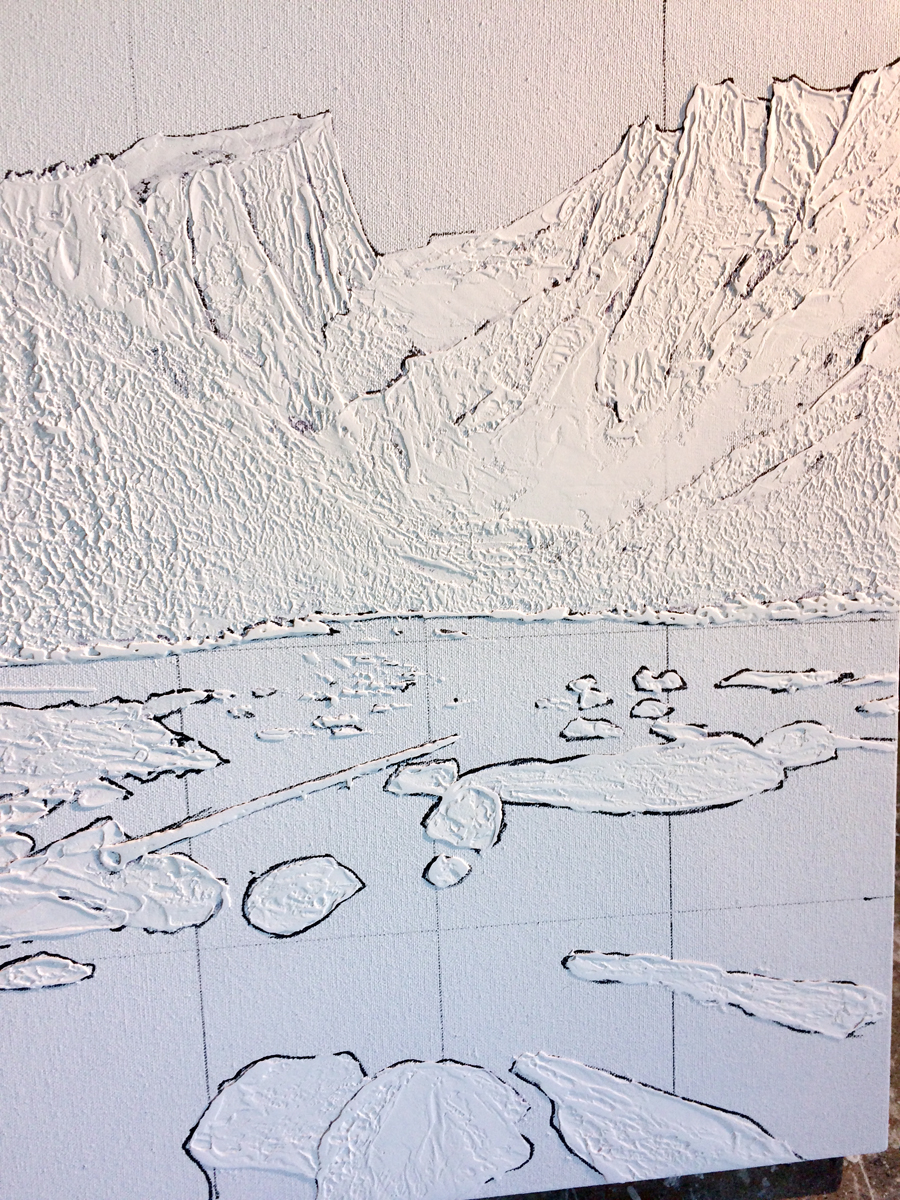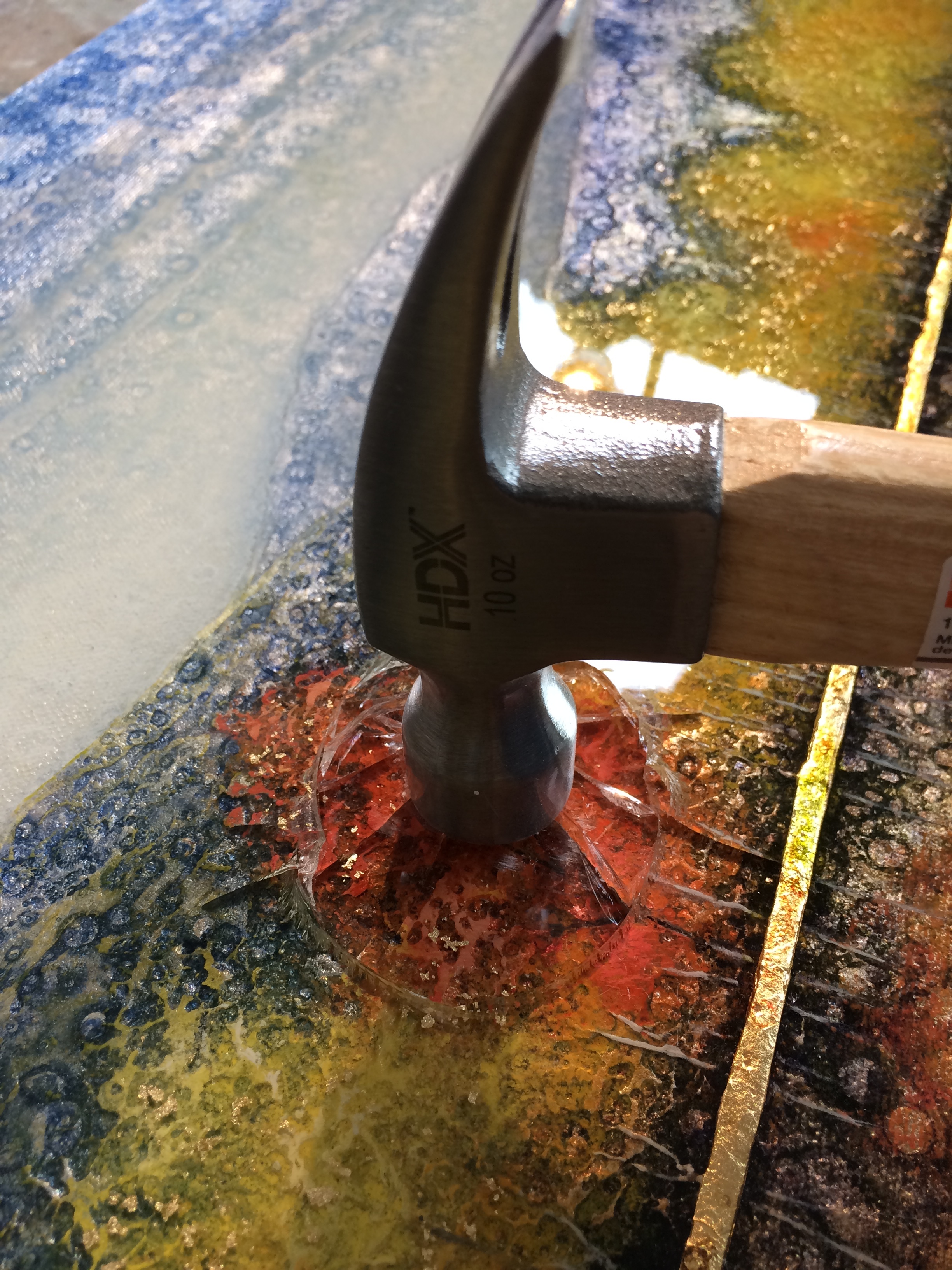I've been looking at the major World Views of western civilization and have briefly described the affect those world views had on society in general and art in specific. This is because, as an artist in Asheville's River Arts District, I see the effects and influences of world views every day as I enter into conversations with people visiting my art studio / gallery. So personally, I find all this fascinating because it helps me know how to interpret the art I see around me, not just in Asheville but in every art museum and art gallery I visit.
In discussing this subject, I left off with the world view commonly referred to as "Modernism". A modernist would look at technology and design, and assume that the problems of mankind could be addressed and solved with the tools technology brings to us, thereby negating a need for a "higher power" to "take care of us" (so to speak). At the turn of the 20th century, society in general was quite optimistic about the many benefits the industrial revolution had been bringing to society, and many people were convinced that the "golden age" was unfolding before them. Technology and design were seen as finally creating a world of peace and prosperity that we've always longed for. That infatuation with this new "faith" ended abruptly however when the world plunged into the first World War, a massive economic depression, and then the second World War.
And so, by the 1960's, society went shopping for another world view, and the return to spirituality was at the core. Enter New Age Pantheism.
Pantheism was an attempt for a society which was "weaned" (as it were) on Judeo-Christian assumptions (see my blog on theism) to return to spirituality, but return in a way divorced from the assumptions theism espoused. For instance, New Age Pantheism taught:
All of creation is One.
Since all is One, all is god.
We are god.
Morality was viewed in terms of gray, not black and white. So typically, if you ask a New Age Pantheist "is this or that right? the answer would be, "well, is it right to you?"
In the 1960's, we see a society disillusioned with organized religion but still hungering for all things spiritual. For a couple hundred years, it was "old fashioned" to admit this spiritual longing if you were an academic elite, but now, people were "talking faith" once again.
So with the birth of New Age Pantheism, we see we see a return to the “spiritual” once again (albeit a decidedly "eastern" form) and we see people unashamed to talk about their faith. And by faith, I can not use the "western" traditional view of faith (a faith based on an agreed upon, established and authoritative "truth"). To a New Age Pantheist, faith is "believing something is true even if there is no evidence that it is objectively true. Faith makes it true for you." And so, once again, you heard people speaking of "the miraculous" and that there was more to reality than just the material world.
As far as the effect on the arts, consider the poem “Life's Journey” by Joy Light
You are the earth, and I the sea,
You hold and nurture me
While I play restless in your arms.
The sun warms and lifts me from your gentle touch,
Into the vast oceans of the universe,
Where I dart and fly in my human race with time and space,
Until in the light I blend,
Misty eyed with nature I transcend,
Like a raindrop drifting in the wind,
Then touching softly your arms again,
Knowing now life never ends,
Feeling now the peace within.
Although the tenets and assumptions of New Age Pantheism felt "new" to those in western civilization, they actually were borrowed directly from Hinduism and Buddhism and packaged in a way that would be palatable to the western mind. So at this point in history, we had a milieu of world views competing for the minds of people. If you went to a university in 1965, you'd be taught naturalism in your science class, nihilism in your philosophy class, pass some Hari Krishna's in the hallway, and get lectured by your modernist parents about keeping your grades up so you can get a good job. This created a western society with very little "common" assumptions about truth, morality and spirituality. And THAT discord leads us to the last world view we will discuss next time: Post Modernism.























